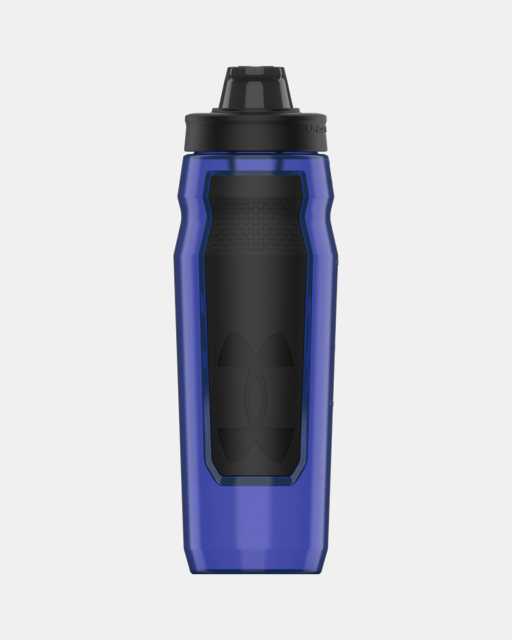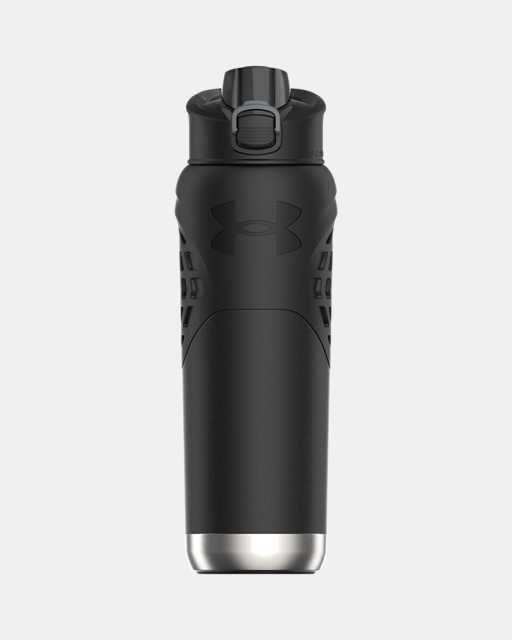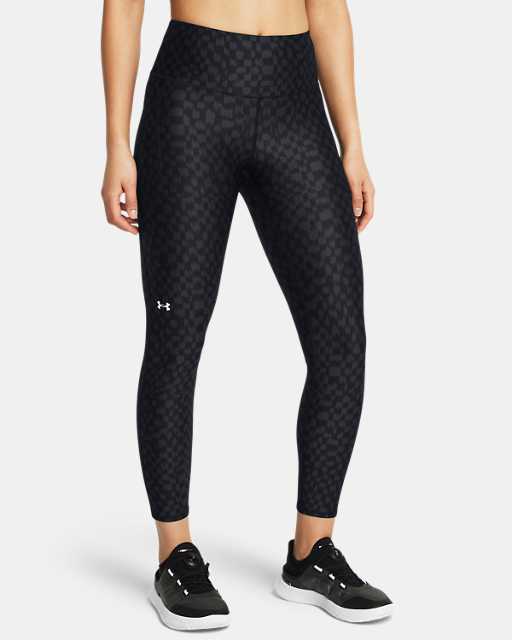-
Guides
- How to Choose Your Running Shoes
- Tips to Perfect Your Golf Swing for Distance and Accuracy
- UA Infinity Sports Bra 2.0
- What to Wear for a Summer Hike
- Why Running Should Be in Your Off-Season Training Plan
- How to Choose the Perfect Basketball Shoes
- How to Improve Recovery After a Football Match
- How to Train for a Marathon
- What To Wear Running In Winter
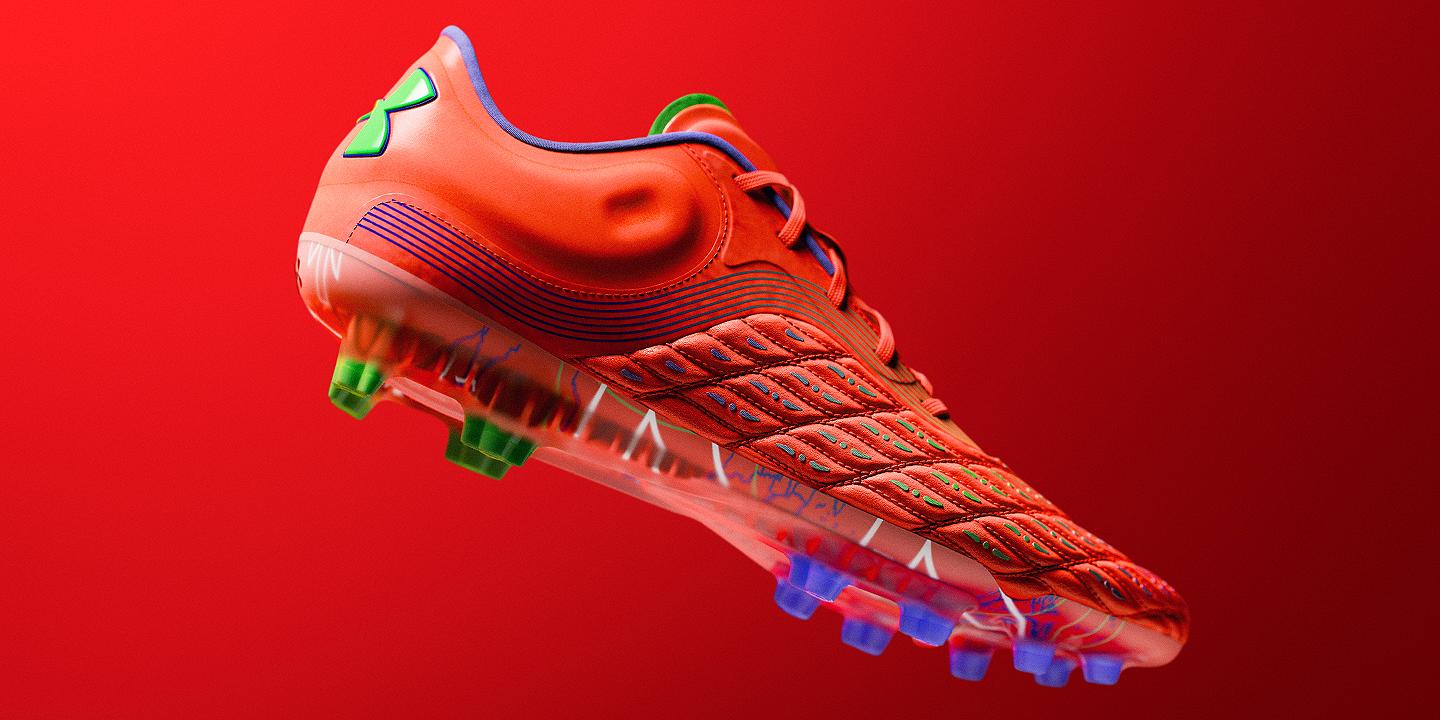
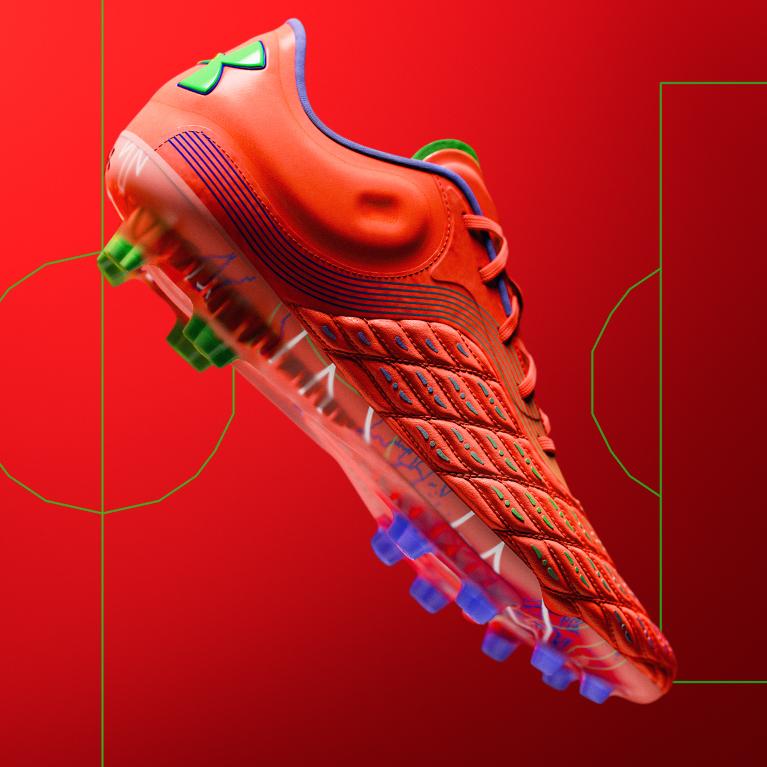
How to Improve Recovery After a Football Match
Starting to get serious about your football or soccer training? You will start to notice how physically intense the competition can get. Training is more vigorous and the stakes are even higher on game day, which means a more significant toll is placed on your body. This makes recovery equally important in your post-match routine. To help you to stay ahead of the competition, we’ve put together a list of tips and advice to help you improve your recovery after a football match.
How to Improve Recovery After a Football Match
Starting to get serious about your football or soccer training? You will start to notice how physically intense the competition can get. Training is more vigorous and the stakes are even higher on game day, which means a more significant toll is placed on your body. This makes recovery equally important in your post-match routine. To help you to stay ahead of the competition, we’ve put together a list of tips and advice to help you improve your recovery after a football match.
Why should you care about post-match recovery?
As you will have experienced by now, football matches are highly demanding mentally and physically. Having a dedicated post-game recovery plan will not only help your body transition from a high-activity setting to a low-activity state safely, but it’s there to help you mentally reset on the game that just happened.
Let's take a look at the average elite football player. He or she will run 11km during a 90-minute match, and even more if they are a midfielder. If you were to go on an 11km run on the track, you would definitely want to spend time warming down. So this is no different and after a football match.
Post-game recovery has several benefits that you should care about, which include:
- Reducing the chance of injury by stretching muscles and joints
- Improving fitness by allowing muscles to start their repair process faster
- Restoring lost energy from the game
- Lowering mental fatigue and de-stressing your mind
Maximise your future playing abilities with a robust recovery program. Regardless of your competitive level or age, your future self will thank you.
Why should you care about post-match recovery?
As you will have experienced by now, football matches are highly demanding mentally and physically. Having a dedicated post-game recovery plan will not only help your body transition from a high-activity setting to a low-activity state safely, but it’s there to help you mentally reset on the game that just happened.
Let's take a look at the average elite football player. He or she will run 11km during a 90-minute match, and even more if they are a midfielder. If you were to go on an 11km run on the track, you would definitely want to spend time warming down. So this is no different and after a football match.
Post-game recovery has several benefits that you should care about, which include:
- Reducing the chance of injury by stretching muscles and joints
- Improving fitness by allowing muscles to start their repair process faster
- Restoring lost energy from the game
- Lowering mental fatigue and de-stressing your mind
Maximise your future playing abilities with a robust recovery program. Regardless of your competitive level or age, your future self will thank you.
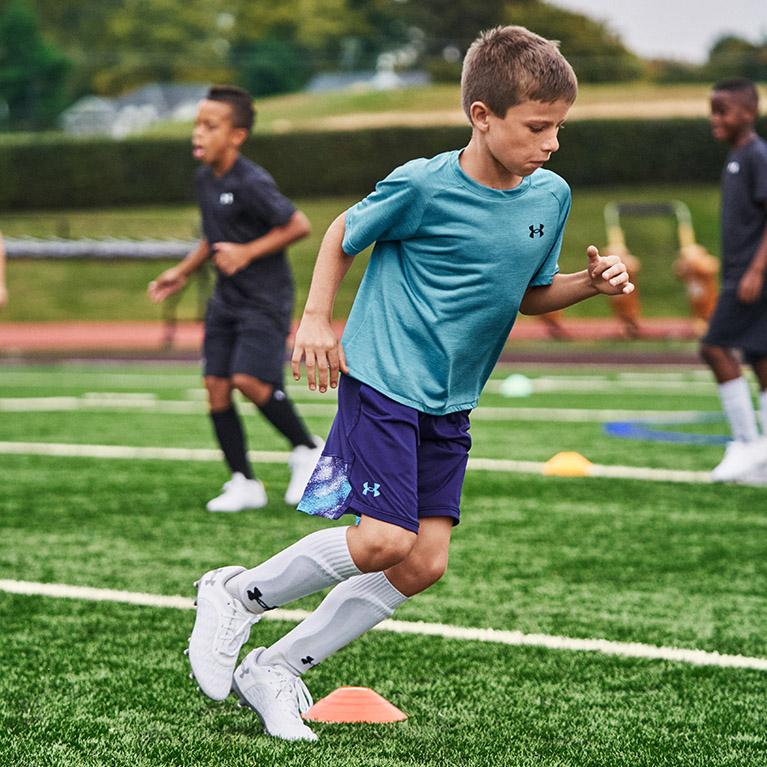

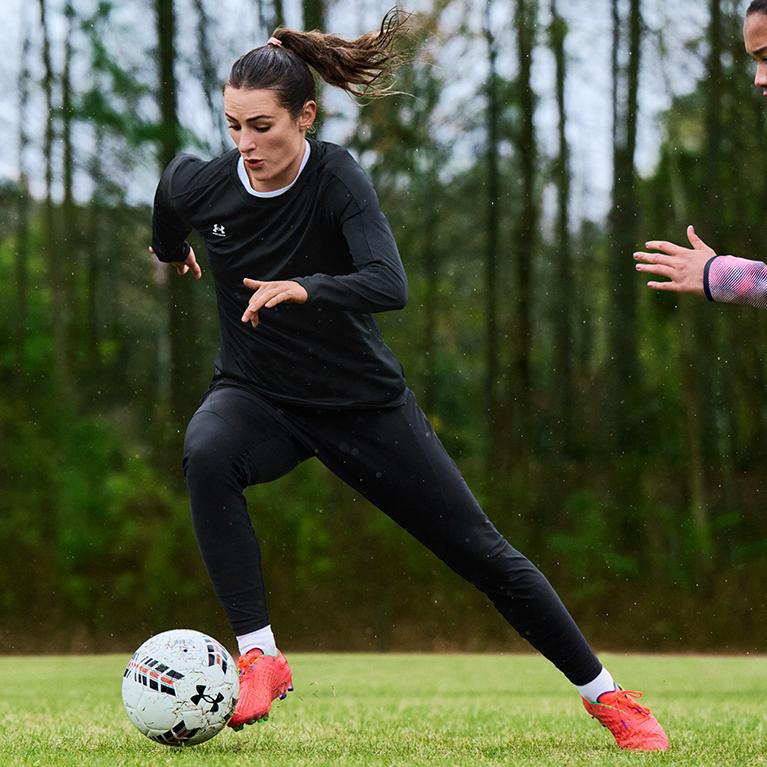

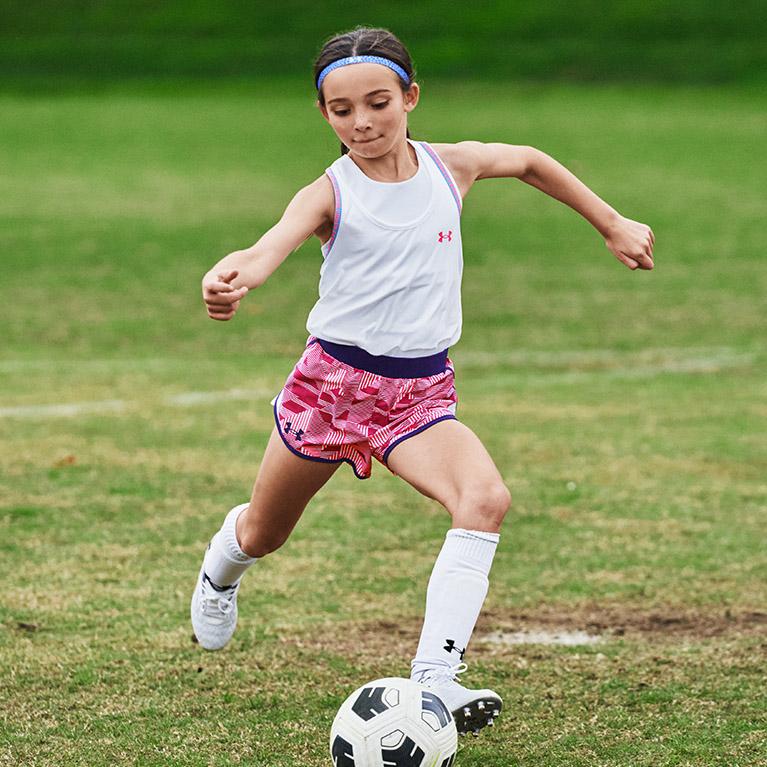

Post-football match recovery plan
Recovery is key to your performance in future games, however, there is a huge range of methods and techniques that you can choose from. Before deciding on a post-football match recovery plan, consult a sports physiotherapist or exercise physiologist for the most appropriate program for your body and needs.
Here are the Under Armour team’s favourite ways to recover after a football or soccer match.
Order | 1 | 2 | 3 | 4 |
Recovery technique | Rehydrate with fluids | Ice bath (cold water immersion therapy) | Mental debrief | Dynamic stretching |
When to do it | As soon as the match is over | Within 30 minutes | Within 30 minutes | Within 30 minutes |
Order | 5 | 6 | 7 | 8 |
Recovery technique | Refuel with food | Massage your muscles | Get a good night’s sleep | Active recovery the next day |
When to do it | Within first hour or two | Within second or third hour | That night | The next day |
You can also help improve your recovery by wearing compression shirts or shorts throughout these techniques (except for the ice bath).
Post-football match recovery plan
Recovery is key to your performance in future games, however, there is a huge range of methods and techniques that you can choose from. Before deciding on a post-football match recovery plan, consult a sports physiotherapist or exercise physiologist for the most appropriate program for your body and needs.
Here are the Under Armour team’s favourite ways to recover after a football or soccer match.
Order | 1 | 2 | 3 | 4 |
Recovery technique | Rehydrate with fluids | Ice bath (cold water immersion therapy) | Mental debrief | Dynamic stretching |
When to do it | As soon as the match is over | Within 30 minutes | Within 30 minutes | Within 30 minutes |
Order | 5 | 6 | 7 | 8 |
Recovery technique | Refuel with food | Massage your muscles | Get a good night’s sleep | Active recovery the next day |
When to do it | Within first hour or two | Within second or third hour | That night | The next day |
You can also help improve your recovery by wearing compression shirts or shorts throughout these techniques (except for the ice bath).
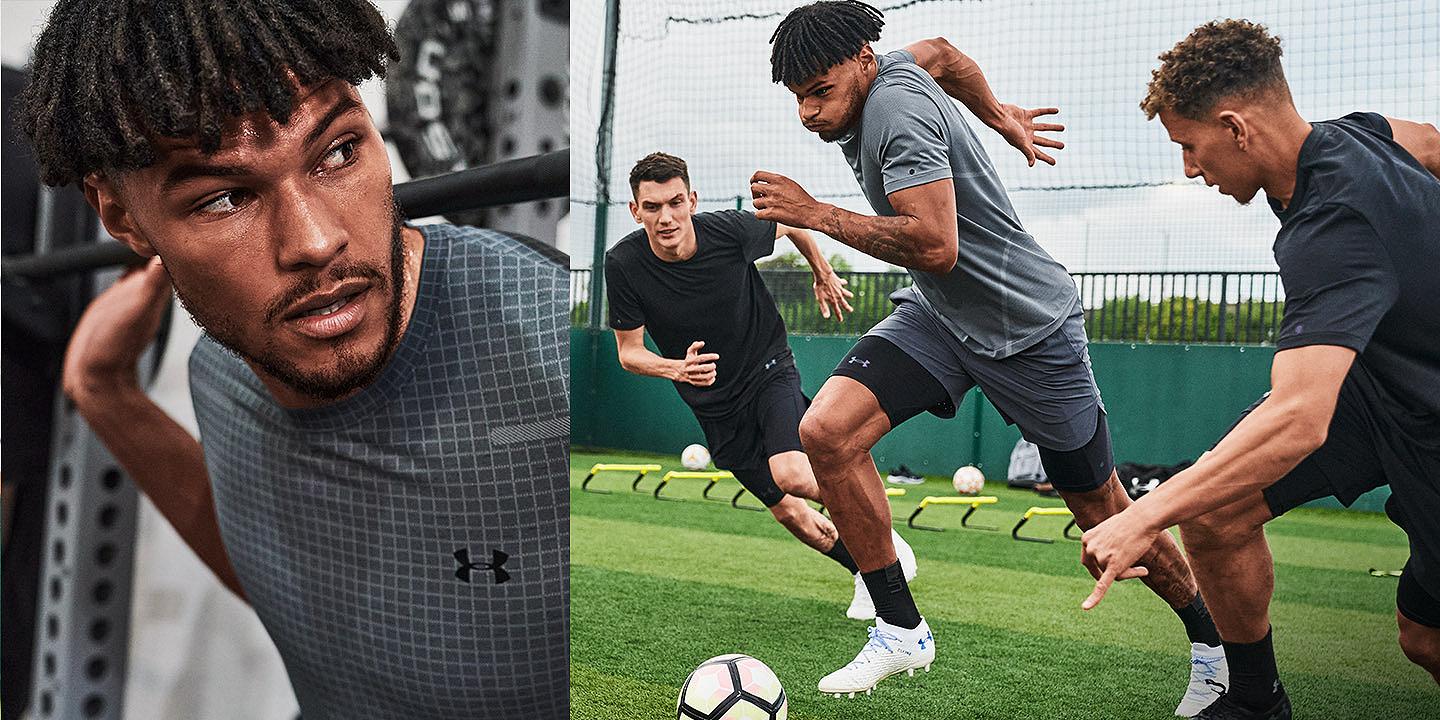

Post-match recovery tips and techniques
Post-match recovery tips and techniques
1. Rehydrate as soon as possible
Immediately once the game is finished, it’s crucial you start rehydrating. Water should be your number one priority to get fluid back into your muscles quickly, however, a drink rich in carbs and protein, like flavoured milk or a protein shake soon after the end of the game will also help repair your muscles.
As a rule of thumb for how much water to drink after a football match, your goal should be one and a half litres of water for every one litre lost during the game. So, if you were to weigh yourself before and after a football match, and after the match you were two kilos lighter, then you need to drink three litres of water in the coming hours after the game.
At a minimum, you’ll probably lose one litre of fluids for a low-to-moderate intensity game. This increases the more intense the game and the hotter the weather is outside.
1. Rehydrate as soon as possible
Immediately once the game is finished, it’s crucial you start rehydrating. Water should be your number one priority to get fluid back into your muscles quickly, however, a drink rich in carbs and protein, like flavoured milk or a protein shake soon after the end of the game will also help repair your muscles.
As a rule of thumb for how much water to drink after a football match, your goal should be one and a half litres of water for every one litre lost during the game. So, if you were to weigh yourself before and after a football match, and after the match you were two kilos lighter, then you need to drink three litres of water in the coming hours after the game.
At a minimum, you’ll probably lose one litre of fluids for a low-to-moderate intensity game. This increases the more intense the game and the hotter the weather is outside.
2. Ice baths can help accelerate recovery
While the thought of hopping in freezing water may be daunting, athletes around the world can attest to how much ice baths (aka cold water immersion therapy) help with muscle recovery. Ice baths are particularly effective if you have another big game days away and you need to kick start your recovery as soon as possible after this match.
So why would you want to subject yourself to this? Ice baths have been shown to reduce inflammation in your muscles and joints after intense exercise. They have also shown to reduce any swelling that may have occurred, alongside improving circulation which means your muscles will begin repairing themselves faster.
If you do choose to start taking post-game ice baths, you’ll need to train your body (and mind). We recommend starting off in the bath for one minute for your first time, gradually building up to 10 minutes. Alongside time in the bath, the temperature is also important. The ideal water temp for an ice bath is between 12 and 15 degrees. If ice baths aren’t for you, then localised ice packs on swollen or inflamed areas are an alternative to the full-body cold water experience.
2. Ice baths can help accelerate recovery
While the thought of hopping in freezing water may be daunting, athletes around the world can attest to how much ice baths (aka cold water immersion therapy) help with muscle recovery. Ice baths are particularly effective if you have another big game days away and you need to kick start your recovery as soon as possible after this match.
So why would you want to subject yourself to this? Ice baths have been shown to reduce inflammation in your muscles and joints after intense exercise. They have also shown to reduce any swelling that may have occurred, alongside improving circulation which means your muscles will begin repairing themselves faster.
If you do choose to start taking post-game ice baths, you’ll need to train your body (and mind). We recommend starting off in the bath for one minute for your first time, gradually building up to 10 minutes. Alongside time in the bath, the temperature is also important. The ideal water temp for an ice bath is between 12 and 15 degrees. If ice baths aren’t for you, then localised ice packs on swollen or inflamed areas are an alternative to the full-body cold water experience.
3. Begin the mental debrief
Just like your muscles, your brain needs time to readjust from the stressful, highly emotional feelings of playing a competitive sport. Even if you feel calm after the match, your brain would have been working overtime to process information and make crucial decisions. Destressing and giving your brain a moment to reset its focus is an equally important part of recovery and is one of the areas many players don’t put any time into.
Ideally, your mental debrief should automatically start once the game is over, however, we recommend following a consistent schedule that allows your brain to adjust. One way is to have a team-wide post-match discussion. It doesn’t need to be long, just a short catch-up with the team and coach around what went well, what the team will improve on for next time, and so on. A moment like this allows your brain to refocus but still be somewhat in that competitive mindset.
During the next activities, reflect on your match to further relax your brain. What could you have done better specifically, where are your areas for improvement, what did you do really well in the game, etc. As time passes after the match, so should your focus on the competition. By the end of the day, you’ll probably still be thinking occasionally about what has happened, however, it won’t be your main focus, which is what you want to achieve. Activities such as watching a movie, relaxing with friends, going out for food or doing other non-physical hobbies you love will aid in your mental recovery.
3. Begin the mental debrief
Just like your muscles, your brain needs time to readjust from the stressful, highly emotional feelings of playing a competitive sport. Even if you feel calm after the match, your brain would have been working overtime to process information and make crucial decisions. Destressing and giving your brain a moment to reset its focus is an equally important part of recovery and is one of the areas many players don’t put any time into.
Ideally, your mental debrief should automatically start once the game is over, however, we recommend following a consistent schedule that allows your brain to adjust. One way is to have a team-wide post-match discussion. It doesn’t need to be long, just a short catch-up with the team and coach around what went well, what the team will improve on for next time, and so on. A moment like this allows your brain to refocus but still be somewhat in that competitive mindset.
During the next activities, reflect on your match to further relax your brain. What could you have done better specifically, where are your areas for improvement, what did you do really well in the game, etc. As time passes after the match, so should your focus on the competition. By the end of the day, you’ll probably still be thinking occasionally about what has happened, however, it won’t be your main focus, which is what you want to achieve. Activities such as watching a movie, relaxing with friends, going out for food or doing other non-physical hobbies you love will aid in your mental recovery.
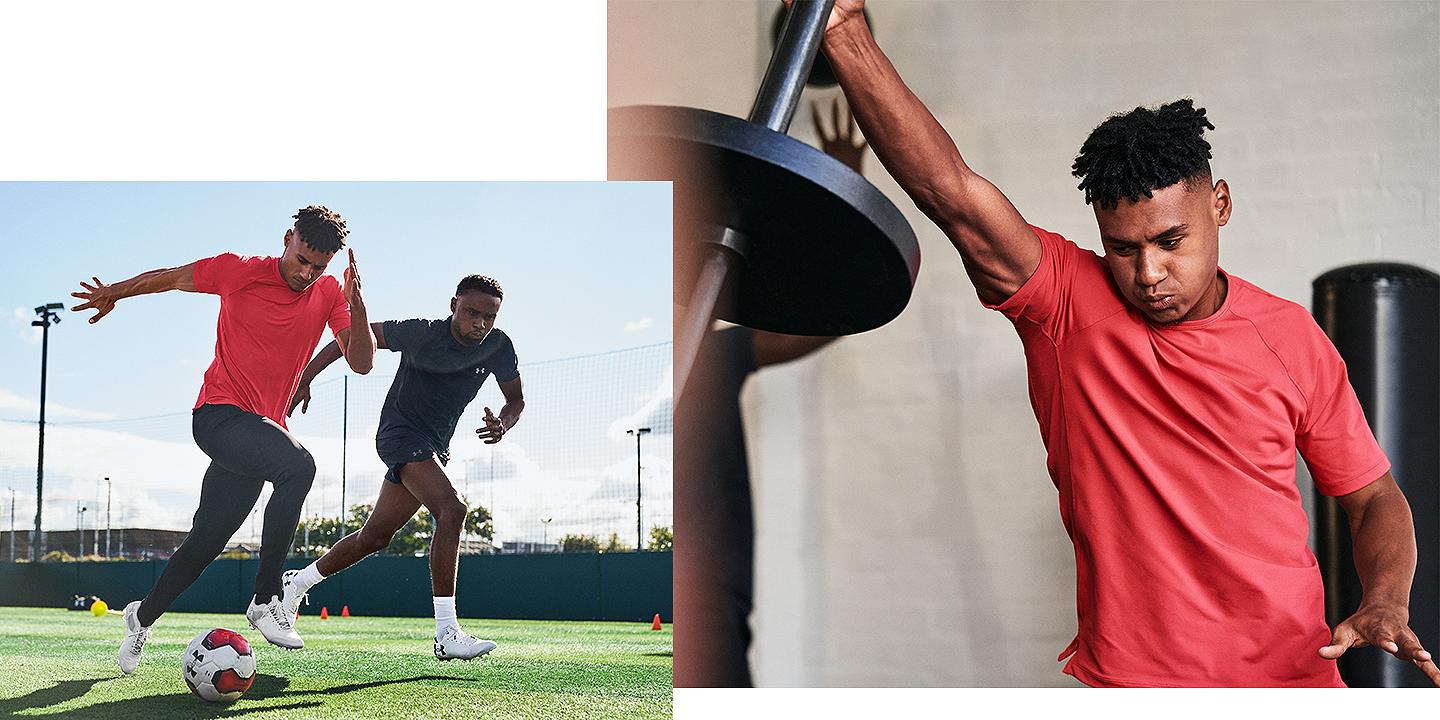
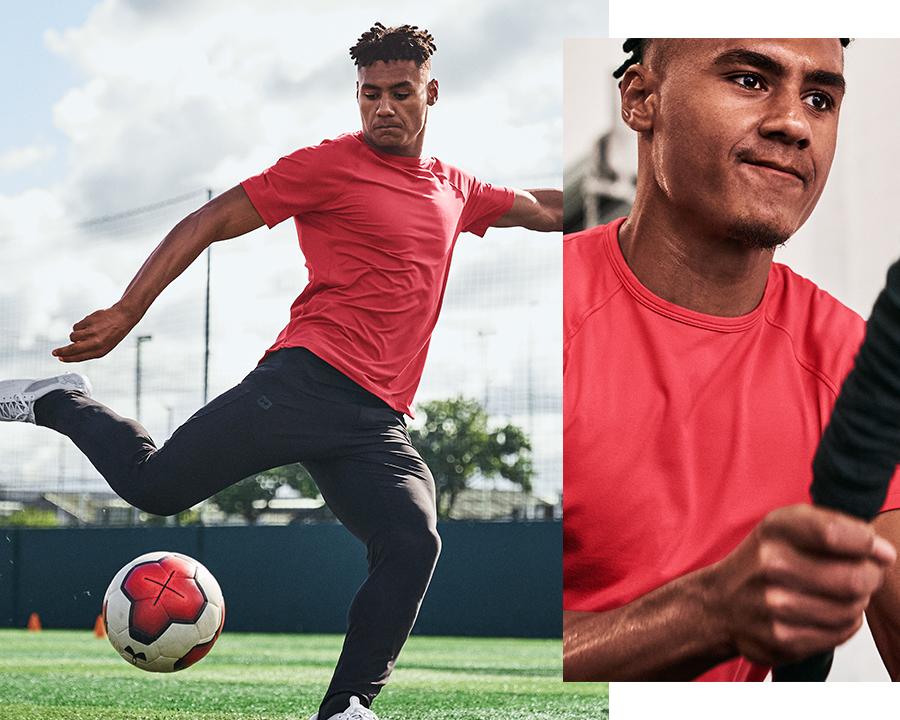
4. Dynamic stretching gives muscles a chance to relax correctly
While it may be extremely tempting to sit down right after a long football game on your feet, being stationary soon after your match may do more harm than good. Dynamic stretching is one of the easiest and most effective recovery techniques you can do, however, spending your time efficiently and stretching the right body parts is key. You will want to do this before your ice bath if you take one but before you refuel.
Dynamic stretching gives your body a chance to pump fresh blood to your tired muscles, while also filtering out the lactic acid that has been building up over the game. It’s also useful in reducing muscle stiffness once you have fully cooled down, helping prevent injuries due to overworked muscles not getting the nutrients they need.
When choosing how to dynamically stretch after a soccer match, the first thing to always consider is what were the primary muscles you used during the game. This will likely be your glutes, quads, hamstrings, calves and core muscles. Other muscle groups in your back, chest, neck and such were also used, but your legs and core will have taken the brunt of the work and need the most attention when stretching.
Activities such as a light jog, side steps or other low-impact, low-intensity cardio exercises are a good way to cool down and dynamically stretch these primary ‘footballer muscles’.
4. Dynamic stretching gives muscles a chance to relax correctly
While it may be extremely tempting to sit down right after a long football game on your feet, being stationary soon after your match may do more harm than good. Dynamic stretching is one of the easiest and most effective recovery techniques you can do, however, spending your time efficiently and stretching the right body parts is key. You will want to do this before your ice bath if you take one but before you refuel.
Dynamic stretching gives your body a chance to pump fresh blood to your tired muscles, while also filtering out the lactic acid that has been building up over the game. It’s also useful in reducing muscle stiffness once you have fully cooled down, helping prevent injuries due to overworked muscles not getting the nutrients they need.
When choosing how to dynamically stretch after a soccer match, the first thing to always consider is what were the primary muscles you used during the game. This will likely be your glutes, quads, hamstrings, calves and core muscles. Other muscle groups in your back, chest, neck and such were also used, but your legs and core will have taken the brunt of the work and need the most attention when stretching.
Activities such as a light jog, side steps or other low-impact, low-intensity cardio exercises are a good way to cool down and dynamically stretch these primary ‘footballer muscles’.
5. Consider compression gear during your recovery activities
From a recent study from Victoria University in Melbourne, Australia, the results showed that “...wearing compression for at least four hours after exercise is enough to see a recovery benefit, and it is not due to the placebo effect, there is an underlying physiological change going on.”
With this in mind, wearing compression clothing may help to improve recovery and help maximise your cool-down activities such as promoting blood flow during your dynamic stretching. Since your legs and core have been doing most of the work, compression leggings or long compression shorts will help your legs. Combine this with a compression tank top or t-shirt to assist your core muscles.
To keep warm after your game, change into a t-shirt and hoodie to keep your core warm, and tracksuit pants or joggers for your legs. Your game-day uniform is probably dirty and sweaty, which will work to rapidly reduce your body temperature, rather than slowly lower it which a fresh change of warm clothes will do.
5. Consider compression gear during your recovery activities
From a recent study from Victoria University in Melbourne, Australia, the results showed that “...wearing compression for at least four hours after exercise is enough to see a recovery benefit, and it is not due to the placebo effect, there is an underlying physiological change going on.”
With this in mind, wearing compression clothing may help to improve recovery and help maximise your cool-down activities such as promoting blood flow during your dynamic stretching. Since your legs and core have been doing most of the work, compression leggings or long compression shorts will help your legs. Combine this with a compression tank top or t-shirt to assist your core muscles.
To keep warm after your game, change into a t-shirt and hoodie to keep your core warm, and tracksuit pants or joggers for your legs. Your game-day uniform is probably dirty and sweaty, which will work to rapidly reduce your body temperature, rather than slowly lower it which a fresh change of warm clothes will do.
Women's HeatGear® No-Slip Waistband Printed Ankle Leggings
6. Refuel with the right food
Within the first hour or two of your match, you will need to eat the right foods to replenish lost nutrients in your sweat and to aid your muscles in their recovery. Ideally, once you have finished with your dynamic stretching and cool down, then it’s time to eat and refuel.
For food, you need to consider what nutrients have been used when you do high-intensity exercise and then what you can eat to recuperate them. Carbohydrates and glycogen (the stored version of glucose, which is essentially sugar) will have been burned up to maintain high energy levels on the field, and protein is needed to help rebuild muscle fibres. Foods rich in these nutrients—think peanut butter sandwiches, Greek yoghurt, protein shakes, flavoured milk, fresh fruits and vegetables, cooked chicken and other meats—should be eaten to boost these levels.
Avoid highly processed foods if possible, as these generally take longer for the body to break down compared to more natural options. Another method of boosting recovery is incorporating certain spices in your post-game meal such as turmeric, cinnamon, cayenne pepper, and ginger, all of which have previous studies into them which indicated their usefulness in muscle recovery.
6. Refuel with the right food
Within the first hour or two of your match, you will need to eat the right foods to replenish lost nutrients in your sweat and to aid your muscles in their recovery. Ideally, once you have finished with your dynamic stretching and cool down, then it’s time to eat and refuel.
For food, you need to consider what nutrients have been used when you do high-intensity exercise and then what you can eat to recuperate them. Carbohydrates and glycogen (the stored version of glucose, which is essentially sugar) will have been burned up to maintain high energy levels on the field, and protein is needed to help rebuild muscle fibres. Foods rich in these nutrients—think peanut butter sandwiches, Greek yoghurt, protein shakes, flavoured milk, fresh fruits and vegetables, cooked chicken and other meats—should be eaten to boost these levels.
Avoid highly processed foods if possible, as these generally take longer for the body to break down compared to more natural options. Another method of boosting recovery is incorporating certain spices in your post-game meal such as turmeric, cinnamon, cayenne pepper, and ginger, all of which have previous studies into them which indicated their usefulness in muscle recovery.
7. Massage your most-used areas
Even after all of the above, from the rehydrating to the ice bath, dynamic stretching and refuelling, massaging your most-used muscles after a game will continue to stimulate blood flow to them and aid in their recovery, reducing tightness and stiffness in the process.
A percussion massage gun is a handy tool that you can apply localised therapy to certain spots and muscles in need. Depending on the muscle or target point, choose the right attachment and turn up the speed. Use the bigger ‘ball’ attachments for big muscles like your quads, then switch to a more targeted head to massage particular points where there is tightness. Do this for 10 to 15 minutes once you have refuelled and officially cooled down.
Alternatively, a foam roller, massage ball, or a muscle rolling stick are good options to release tightness, while going and having a round of treatment with a remedial massage therapist or osteopath could also be beneficial.
7. Massage your most-used areas
Even after all of the above, from the rehydrating to the ice bath, dynamic stretching and refuelling, massaging your most-used muscles after a game will continue to stimulate blood flow to them and aid in their recovery, reducing tightness and stiffness in the process.
A percussion massage gun is a handy tool that you can apply localised therapy to certain spots and muscles in need. Depending on the muscle or target point, choose the right attachment and turn up the speed. Use the bigger ‘ball’ attachments for big muscles like your quads, then switch to a more targeted head to massage particular points where there is tightness. Do this for 10 to 15 minutes once you have refuelled and officially cooled down.
Alternatively, a foam roller, massage ball, or a muscle rolling stick are good options to release tightness, while going and having a round of treatment with a remedial massage therapist or osteopath could also be beneficial.
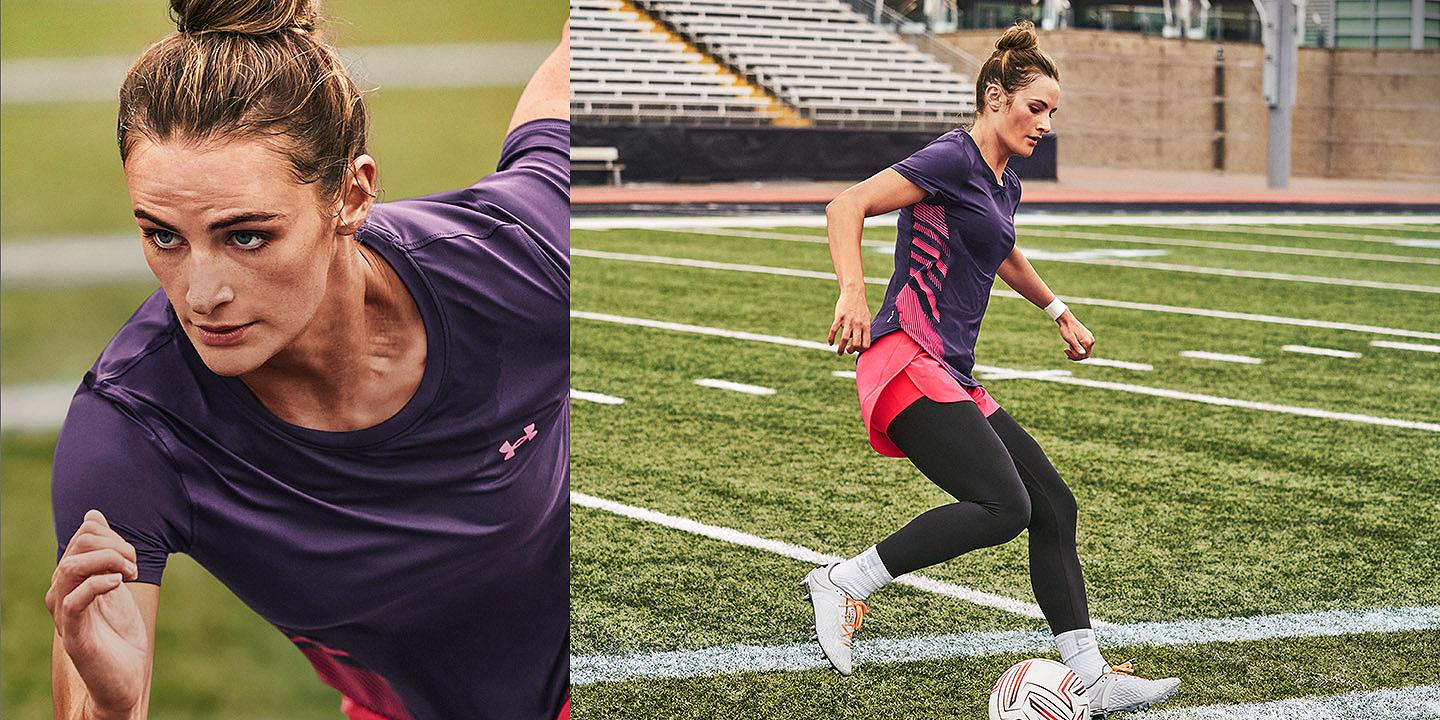
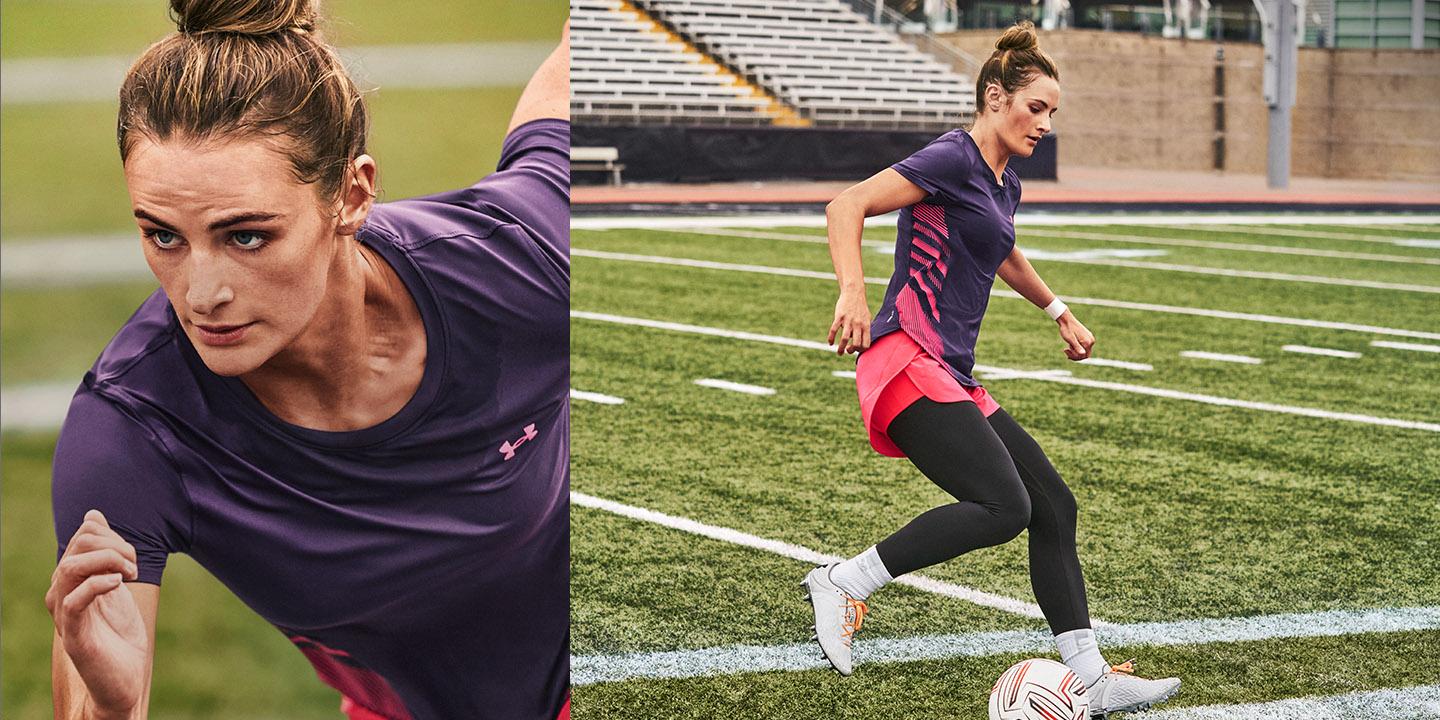
8. Get the right amount of sleep
Getting a good amount of sleep is paramount to recovery, as this time allows your body to regenerate cells, repair your muscles and improve your mental well-being. Based on previous studies, it’s recommended that adults get seven to nine hours of sleep each night, while teenagers need between eight and ten hours. Being competitive athletes, we recommend trying to get more sleep within these ranges than less, so aim for nine hours for adults and ten hours for teenagers the night after your match.
After playing an intense game during the day, feeling tired likely won’t be an issue, however, getting to sleep may be more difficult. To help improve your ability in getting to sleep, we suggest:
- Sticking to a consistent sleep routine, such as going to bed at 10pm to be asleep by 10:30pm for a 6:30am wake-up each day will help your body release the right sleep-inducing chemicals at the right time, allowing you to get sleep faster
- Avoid stimulation before bed, including using your phone, laptop, drinking coffee or physical activity to give your body a chance to wind down
- Have your bedroom prepared and ready to go when it’s time for sleep—blinds down so the room is dark, all harsh lights turned off, everything off the bed that you won’t be needed to sleep with, etc.
8. Get the right amount of sleep
Getting a good amount of sleep is paramount to recovery, as this time allows your body to regenerate cells, repair your muscles and improve your mental well-being. Based on previous studies, it’s recommended that adults get seven to nine hours of sleep each night, while teenagers need between eight and ten hours. Being competitive athletes, we recommend trying to get more sleep within these ranges than less, so aim for nine hours for adults and ten hours for teenagers the night after your match.
After playing an intense game during the day, feeling tired likely won’t be an issue, however, getting to sleep may be more difficult. To help improve your ability in getting to sleep, we suggest:
- Sticking to a consistent sleep routine, such as going to bed at 10pm to be asleep by 10:30pm for a 6:30am wake-up each day will help your body release the right sleep-inducing chemicals at the right time, allowing you to get sleep faster
- Avoid stimulation before bed, including using your phone, laptop, drinking coffee or physical activity to give your body a chance to wind down
- Have your bedroom prepared and ready to go when it’s time for sleep—blinds down so the room is dark, all harsh lights turned off, everything off the bed that you won’t be needed to sleep with, etc.
9. Do active recovery the next day
Once you have had a well-deserved rest, the next day you will want to perform a short period of light active recovery which will help continue blood circulation and muscle repair. It’s important to emphasise the ‘light’ part of light active recovery—that means not going out and playing another game, doing sprints or any other high-intensity activity. Instead, think about going for a light jog, a swim in the pool or some low-intensity cycling.
You should aim for a minimum of 15 minutes of light physical activity sometime during the day, up to a maximum of an hour. No need to go for too long as this may negatively impact your recovery, however, doing this activity for too little won’t have much benefit.
9. Do active recovery the next day
Once you have had a well-deserved rest, the next day you will want to perform a short period of light active recovery which will help continue blood circulation and muscle repair. It’s important to emphasise the ‘light’ part of light active recovery—that means not going out and playing another game, doing sprints or any other high-intensity activity. Instead, think about going for a light jog, a swim in the pool or some low-intensity cycling.
You should aim for a minimum of 15 minutes of light physical activity sometime during the day, up to a maximum of an hour. No need to go for too long as this may negatively impact your recovery, however, doing this activity for too little won’t have much benefit.
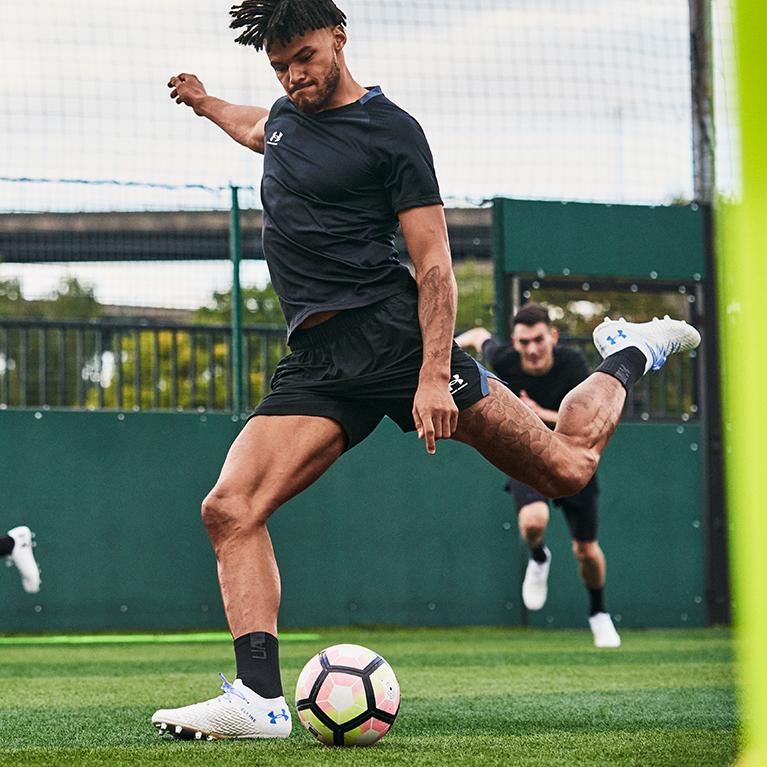

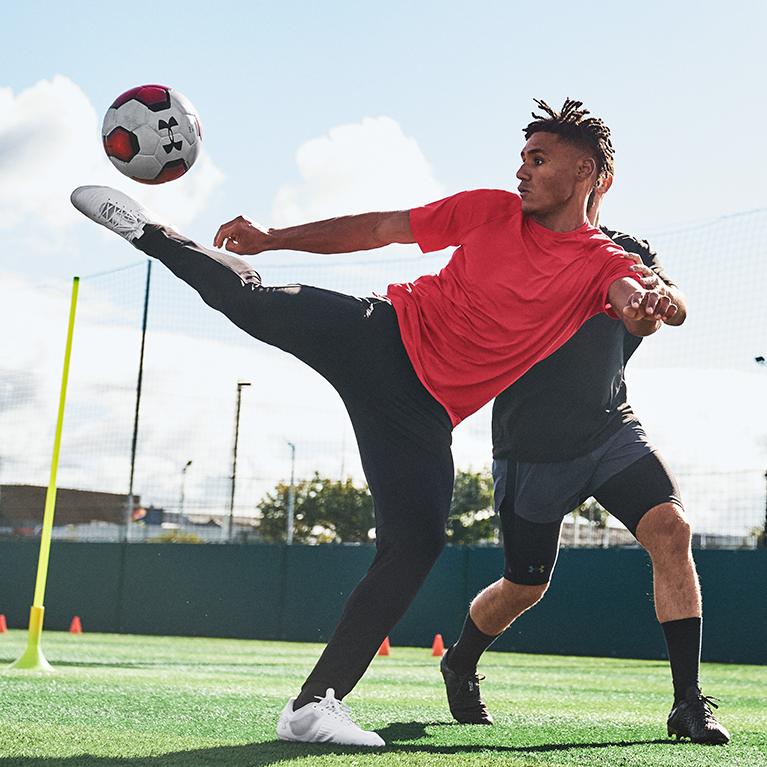

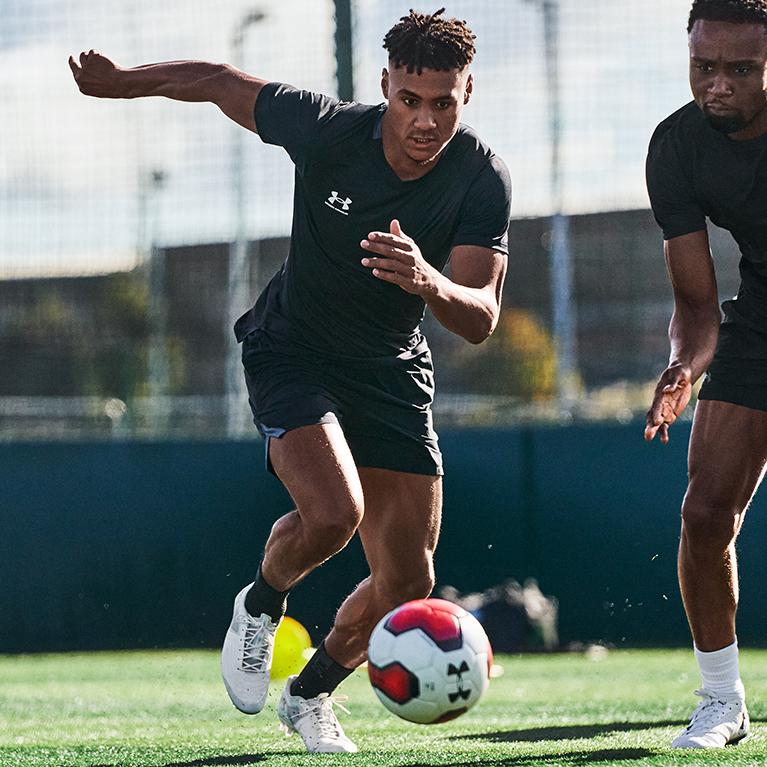

Maximising your post-game recovery schedule will take time, so aim to incorporate a new element into your plan after every game as you build it up. Some activities such as dynamic stretching you might be doing already, however, be sure to use your time as efficiently as possible so you can properly recover and get ready for your next big game.
Shop the full range of football and soccer gear at Under Armour Australia now.
Maximising your post-game recovery schedule will take time, so aim to incorporate a new element into your plan after every game as you build it up. Some activities such as dynamic stretching you might be doing already, however, be sure to use your time as efficiently as possible so you can properly recover and get ready for your next big game.
Shop the full range of football and soccer gear at Under Armour Australia now.

